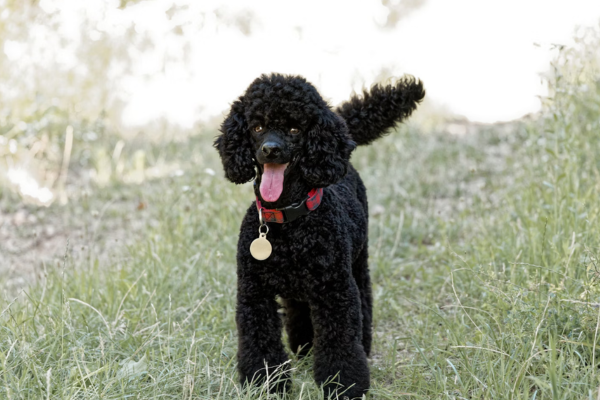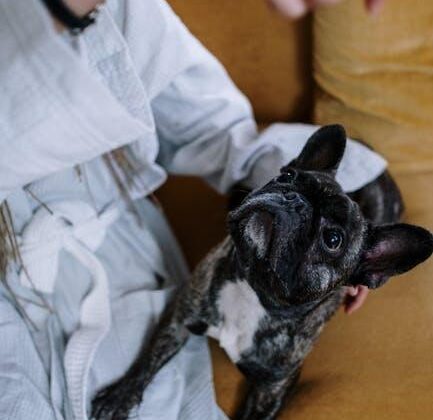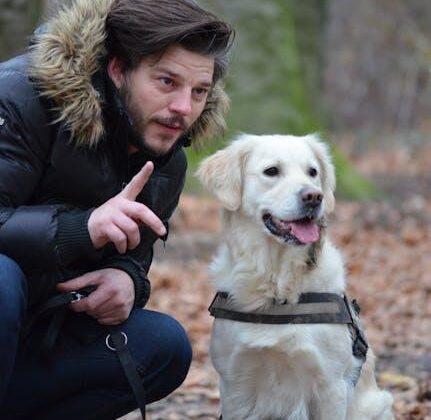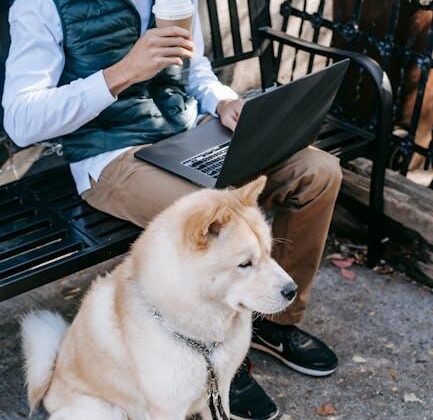Are you ready to unleash the potential of your furry friend? Training your dog at home can feel like a daunting task, but fear not! Whether you’re a first-time puppy parent or an experienced dog owner looking to brush up on your skills, mastering dog training at home is more achievable than you might think. In this paws-itively fun guide,we’ll explore kind tips,tricks,and techniques to help you bond with your pup while teaching them the essentials (and maybe a few cool tricks for good measure). So grab some treats, find a comfy spot on the couch, and let’s dive into the world of dog training where wagging tails and happy barks are just a few commands away! 🐾✨
Get the Basics Right: Understanding Your Dogs Needs
Every dog, regardless of breed or size, has fundamental needs that must be met to ensure a happy and well-adjusted companion.Understanding these basics is crucial for effective training. Dogs require:
- consistent Routine: Dogs thrive on predictability. Establish a daily schedule for feedings, walks, and playtime to foster security and cooperation.
- Social Interaction: Canines are pack animals and need socialization with both humans and other dogs. Regular interaction helps reduce anxiety and strengthens their trust in you.
- Mental Stimulation: A bored dog is often a destructive dog. Incorporate puzzle toys and training exercises to keep their minds engaged.
- Physical Exercise: Regular walks, runs, or play sessions are essential for your dog’s physical health and mental well-being.
Additionally, being attuned to their specific needs can enhance your training process substantially. Every dog has a unique personality, so take the time to observe and adjust to their preferences and behaviors. Consider creating a simple chart to help you track your dog’s progress and needs:
| Need | importance level (1-5) | Notes |
|---|---|---|
| Consistent routine | 5 | Essential for stability and security. |
| Social Interaction | 4 | Helps with social skills and reduces aggression. |
| Mental Stimulation | 4 | Puzzles and games keep boredom at bay. |
| Physical Exercise | 5 | Daily walks are crucial for health and happiness. |
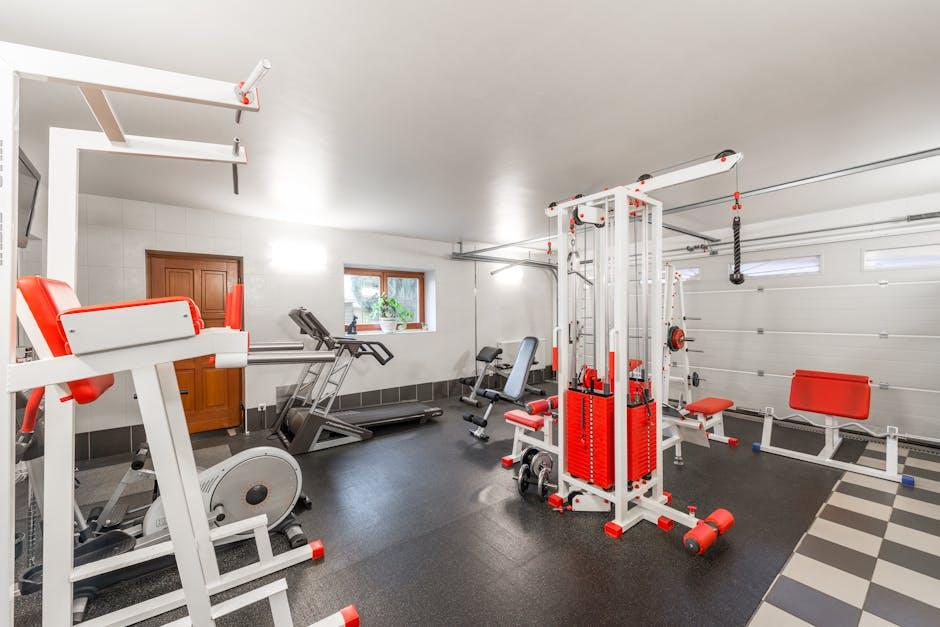
Creating the Perfect Training Space: Tips for Home Sweet Home
Creating a welcoming and focused environment for your furry friend is key to effective training. Start by designating a specific area in your home that’s free from distractions. This could be a quiet corner of your living room,a cozy spot in the backyard,or even a well-lit garage. Make sure this space is comfortable for both you and your dog; use soft mats or cushions to add coziness.To minimize disruptions, consider using child gates or barriers to keep curious pets and family members at bay during training sessions. Remember, a clutter-free zone will help your pup concentrate better on the tasks at hand!
Next, consider incorporating some essential training tools into your space. Here’s a quick checklist of items you might want to have on hand:
- Clicker and treats: A clicker helps mark desired behaviors immediately.
- Toys: Keep a few of their favorites for motivation and engagement.
- Leash and collar: Useful for teaching commands both indoors and outside.
- Training mat: A designated spot where your dog can understand it’s time to learn.
By having the right tools in a clutter-free, cozy space, you can create an ideal training atmosphere that fosters learning and strengthens the bond between you and your pup.

Positive Reinforcement: The Key to Happy Learning
When it comes to fostering a joyful learning environment for your furry friend, positive reinforcement reigns supreme! This approach not only builds trust but also deepens the bond between you and your dog. Rather of focusing on what your pup does wrong, emphasize their successes. Celebrate their achievements, no matter how small, with rewards that resonate with them. This could be a treat, a belly rub, or even a game of fetch—whatever makes their tail wag the fastest!
to effectively implement this technique, consider these key strategies:
- Timing is everything: Reward your dog immediately after they perform the desired behavior to help them connect the action with the reward.
- Be consistent: Use the same cues and rewards every time to avoid confusion, ensuring your dog understands what’s expected of them.
- Mix it up: Vary the rewards to keep things exciting! Alternate between treats, praise, and play, so your dog remains engaged and eager to learn.

Common Training Mistakes to Avoid for a Pawsitive Experience
When diving into the world of dog training at home, it's easy to trip over some common pitfalls that can hinder progress. One of the biggest mistakes is inconsistency in your training methods. Not sticking with the same cues or rewards can confuse your pup, making them unsure of what you expect. Additionally, if you change your tone or body language frequently, your dog might not pick up on the signals you're trying to convey. Another common error is overtraining; remember, less is often more! Keeping training sessions short and engaging helps maintain your dog’s attention and enthusiasm.
Incorporating positive reinforcement is essential, but relying too heavily on treats can lead to problems. aim for a balance of food rewards, praise, and playtime, so your dog learns to associate good behavior with joy rather than just snacks. Furthermore, training in distractions can be overwhelming for your pup. Start in a quiet environment and gradually introduce more stimuli as they gain confidence. Avoid these missteps, and you'll foster a productive and enjoyable training experience that paves the way for a happily obedient companion.
Q&A
Q&A: Mastering Dog Training at Home: Tips for Pawsitive Progress!
Q: What’s the best starting point for training my dog at home?
A: The best starting point is to establish a training routine! Consistency is key, so try to set aside a few minutes each day for training sessions. Pick a quiet space where you won’t be interrupted, and start with basic commands like “sit,” “stay,” and “come.” Your furry friend will thrive on routine!
Q: How do I keep my dog motivated during training?
A: Motivation is all about positive reinforcement! Use treats, toys, or even affection as rewards. Find their favorite snacks, and keep training fun and exciting! Mix things up with games or new tricks to keep the tail wagging.
Q: My dog seems to get distracted easily. Any tips for focus?
A: Totally normal! Dogs can get distracted by pretty much anything—squirrels, the mailman, that pesky leaf blowing by… Try starting training sessions in a quieter environment and gradually introduce distractions. Also, try to get their attention before starting with a focus command like “look” or “watch me.”
Q: How long shoudl training sessions last?
A: Short and sweet is the way to go! Aim for 5-10 minute sessions a few times a day, especially for puppies. If your dog starts to lose interest or gets restless, it’s a sign to wrap it up. Remember, quality over quantity!
Q: What if my dog doesn’t seem to ‘get it’?
A: Patience, my friend! Dogs learn at different paces. If your pup isn’t picking up a command,go back to the basics and make sure they understand the command itself. Try breaking it down into smaller steps, and don’t forget to celebrate small victories!
Q: is it important to socialize my dog while training?
A: Absolutely! Socialization goes hand in hand with training. Exposing your dog to different people, pets, and environments helps them become well-rounded. Just ensure these interactions are positive—start with calm, friendly dogs and gradually work your way up to more boisterous scenarios.
Q: Are there any resources or tools you’d recommend for home training?
A: Yes! Consider picking up a good dog training book or checking out online tutorial videos. There are tons of apps out there too! Plus, durable training supplies like clickers or treat pouches make life easier. But remember, it’s all about you and your dog bonding—so no fancy gadgets are absolutely necessary!
Q: Can I train my dog on my own, or should I look into professional help?
A: You can definitely train your dog on your own! Many dog owners have successfully trained their pups at home. However, if you’re feeling overwhelmed or if your dog displays behavioral issues, seeking help from a professional trainer can be a great investment.Sometimes, a few sessions can make all the difference!
Q: Any final tips to keep in mind while training at home?
A: Just have fun! Training should be a time for bonding and building trust between you and your dog. Don’t be too hard on yourself or your pup—everyone has off days! Celebrate those “pawsitive” moments, and remember that progress is a journey. Happy training! 🐾
To Wrap It Up
And there you have it, fellow dog lovers! With these tips in your training toolkit, you're well on your way to fostering a well-behaved, happy pup right in the comfort of your own home.Remember, every paw-sitive step you take is a step toward building a stronger bond with your furry friend. Be patient, stay consistent, and most importantly, have fun! celebrate those little victories, whether it's a triumphant sit or just a wagging tail. Don’t forget to share your progress with us and join our community of dog trainers-in-the-making. happy training, and may your home be filled with wagging tails and joyful barks! 🐾❤️



